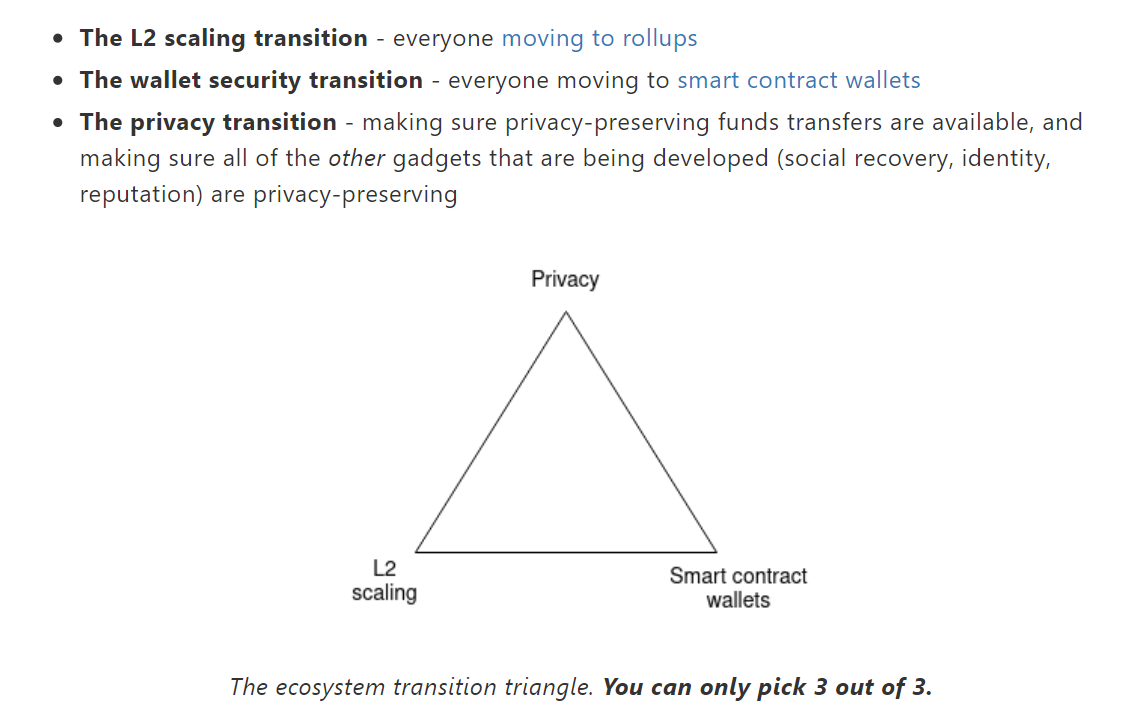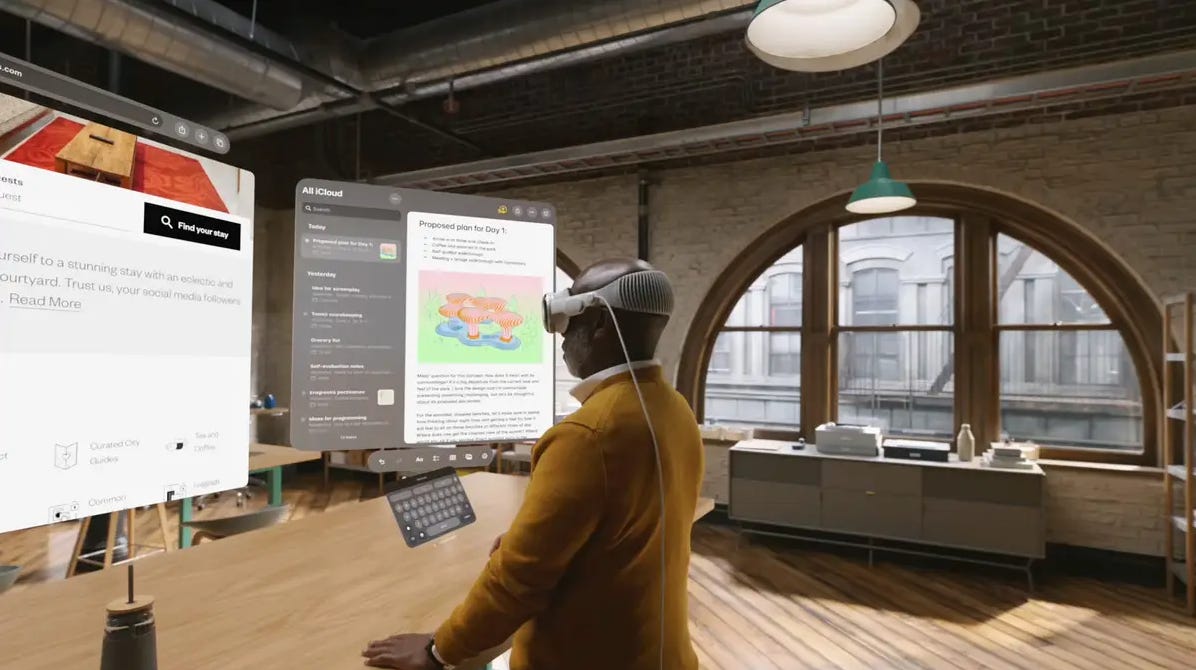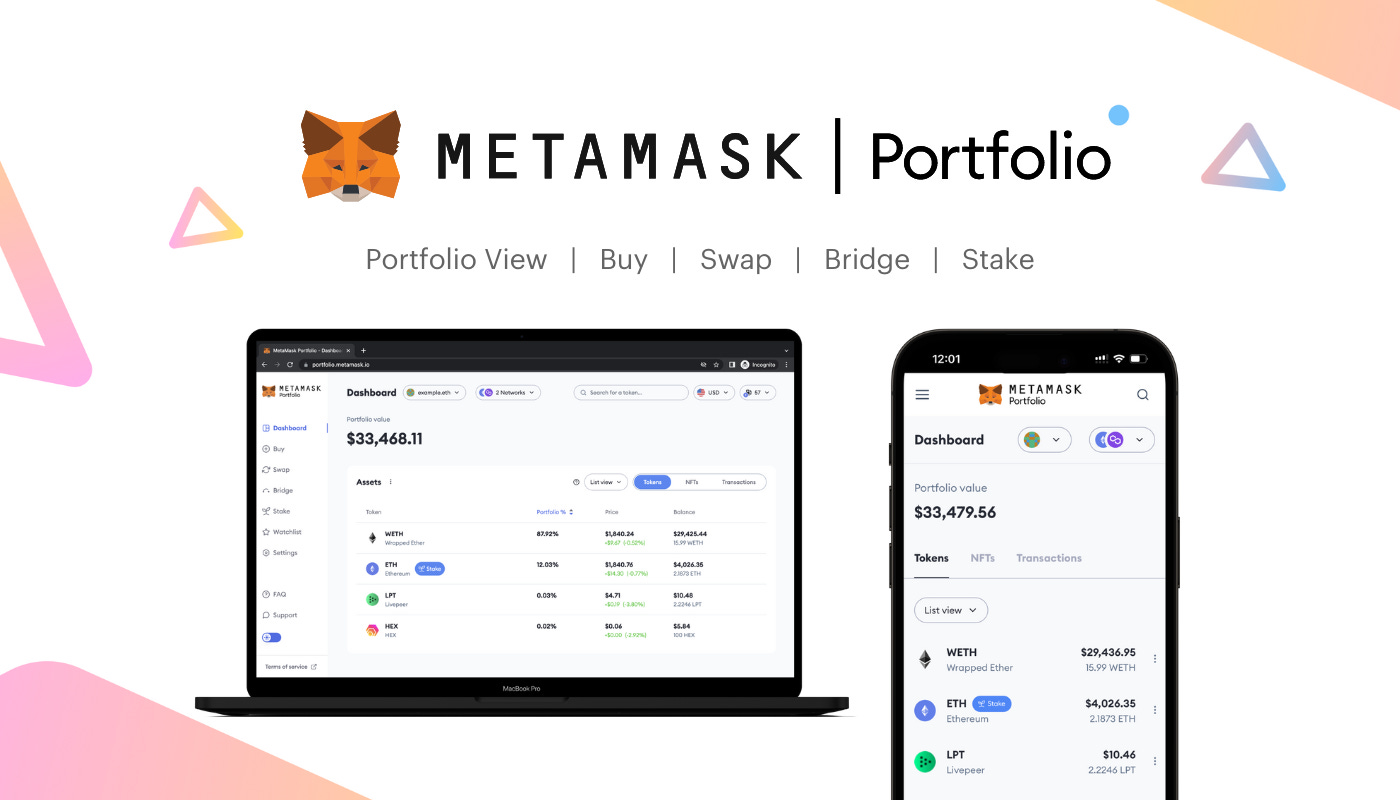Metaversal is a Bankless newsletter for weekly level-ups on NFTs, virtual worlds, & more!
Dear Bankless Nation,
Ethereum’s metaverse sector?
Down but not out.
And despite the challenges at hand, the potential for an open, interconnected metaverse powered by Ethereum and NFTs remains as promising as ever.
For today’s post, then, let’s recap why the metaverse is still Ethereum’s next great frontier!
-WMP
🦊 Thanks to MetaMask Portfolio 🦊
👉 Your web3 assets in one place, and much more ✨
The Metaverse: Still Ethereum’s Next Frontier
When it comes to the metaverse, my thesis has been that Ethereum and associated onchain infra (DeFi, NFTs, L2s, etc.) are among the best means we have to actualize an open metaverse.
What do I mean by an open metaverse? Well, a mature metaverse doesn’t exist yet, so neither does an open metaverse. The “open” here refers to a particular vision and a set of values plus corresponding tech, i.e. building metaverse software in public in open-source fashion for the good of everyone.
This open style lies in contrast to the siloed style of traditional companies, which ultimately build for the good of their shareholders and typically rent-seek wherever possible.
As such, an open metaverse should be built by rebels of sorts upon various pillars, like the freedom to transact, the freedom of expression, open standards. And toward these ends, Ethereum + L2s can serve as that neutral and effective cultural-economic railing for connecting virtual worlds into a true metaverse over time.
Yet Ethereum and its ilk aren’t the only things poised to play pivotal roles in the rise of the metaverse. Of course there’s the Internet, and consider how we could see nearly 3 billion more people come online over the next decade. Or consider the continued advance of augmented and virtual reality (AR and VR) tech, artificial intelligence (AI), zero-knowledge (ZK) proofs, and beyond.
All these threads are converging toward the popular conception of a “mature” metaverse that isn’t a singular virtual world, but rather the entire new virtual side of our lives that will be the surfable (in the Internet sense) culmination of many virtual experiences via many different sources.
All that said, the potential of the metaverse, and the potential of Ethereum and NFTs to contribute to the realization of the metaverse, is as massive as ever. But it’s also no secret that metaverse projects in the cryptoeconomy have landed on hard times lately. Some reasons for this are as follows:
-
These virtual worlds are of the cryptoeconomy, which is in a bear market right now so most stats for most projects in general are down across the board as activity’s dried up recently.
-
Most of these projects are still fairly rudimentary in various ways, so they haven’t as yet won over many active users.
-
Some of these projects have created their own metaverse land crises, which I’ve elaborated on before, by making their land act too much like physical land, which in turn causes overspeculation, high prices, hoarding, etc., and thus kills community growth.
Some of these problems come with the territory, meaning they’re nothing new. For example, the game Ultima Online, which launched in 1997, first experienced a virtual land crisis over 25 years ago due to huge demand for its scarce housing. For us today free land experiments can help here, a metaverse land tax + citizen’s dividend can help here, but we have to understand the past to know why these avenues are worth pursuing.
In my opinion, then, the key for metaverse projects on Ethereum now and going forward is taking stock of past problems, taking stock of present successes (e.g. the mainstream growth of VRChat), and taking stock of where the future is heading and trying to adapt as best as possible accordingly.
Of course, there’s no magic wand to wave here. The metaverse won’t be built in a day, or via just one field, and there’s a lot of work and coordination needed ahead. And there are a lot of “bigger picture” considerations in play for us specifically in web3, like The Three Transitions that Ethereum creator Vitalik Buterin just outlined on his blog.
Zooming in here, these are the ongoing transitions to 1) Ethereum layer-two (L2) scaling solutions, 2) smart contract wallets, and 3) better privacy solutions. As Buterin noted, these transitions come with many challenges, and metaverse projects aren’t immune to this and will need to keep evolving in kind along with everyone else.
The good news is that there are ways forward. For example, Decentraland and The Sandbox have already embraced Polygon, and with Polygon 2.0 nigh they’re well prepared for the growing migration to advanced L2s. Plus the rise of standards like ERC-6551 and ERC-4337 will help NFT users and projects increasingly embrace smart contract wallets.
Combine these advances on the web3 side of things with growing advances in areas like hardware (e.g. the new Apple Vision Pro) and AI agents (e.g. Parallel’s Colony dungeon master AI), and metaversal experiences around Ethereum are poised to become increasingly impressive.
Want to unlock $1,000+ in Citizen deals and perks across crypto?
And despite their shortcomings or the challenges they face, many Ethereum metaverse projects have been pioneers and continue to innovate and trod forward. The dream of a fully actualized metaverse may still be years away, but it’s on the shoulders of these projects and many others from across numerous fields that we’ll eventually get there.
That’s the thrust of this post, we will get there. And Ethereum and its associated tech, like NFTs, are poised to play big roles in this arrival in the years ahead. By 2030, you can imagine many more aspects of life will be experienced metaversally, i.e. virtually enhanced, and facilitated onchain.
Action steps
-
Read my metaverse throwback posts: The Metaverse Land Tax, How to Make an Open Metaverse, Metaversal Barbarians at the Gate, and A New Way to Sell Metaverse Land 🌐
-
Catch up on my previous weekly roundup: The Fight Is On 🥊
Author Bio
William M. Peaster is the creator of Metaversal — a Bankless newsletter focused on the emergence of NFTs in the cryptoeconomy. He’s also a senior writer for the main Bankless newsletter.
A Bankless Citizen ⚑ turned $264 into $6,077 last year. A 22x ROI 🚀 in a bear market!
🙏 Together with 🦊 MetaMask Portfolio 🦊
The web3 ecosystem is an expansive world, full of endless opportunities for those curious enough to explore them! Head over to MetaMask Portfolio to get started, where you can view your assets in one place and discover other features such as Buy, Swap, Bridge, and Stake.
Not financial or tax advice. This newsletter is strictly educational and is not investment advice or a solicitation to buy or sell any assets or to make any financial decisions. This newsletter is not tax advice. Talk to your accountant. Do your own research.
Disclosure. From time-to-time I may add links in this newsletter to products I use. I may receive commission if you make a purchase through one of these links. Additionally, the Bankless writers hold crypto assets. See our investment disclosures here.







